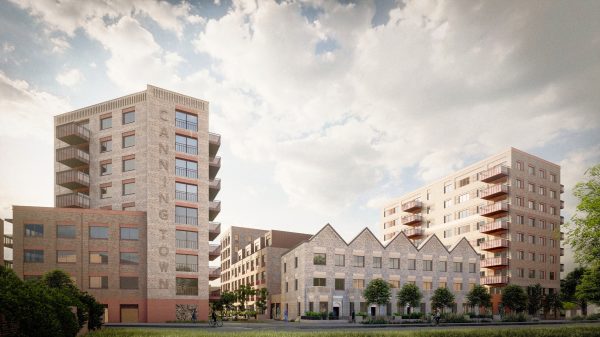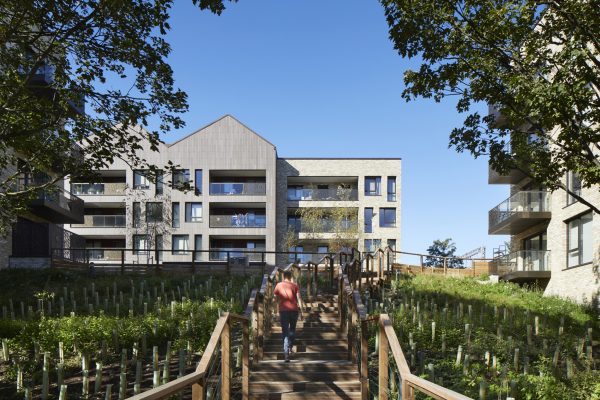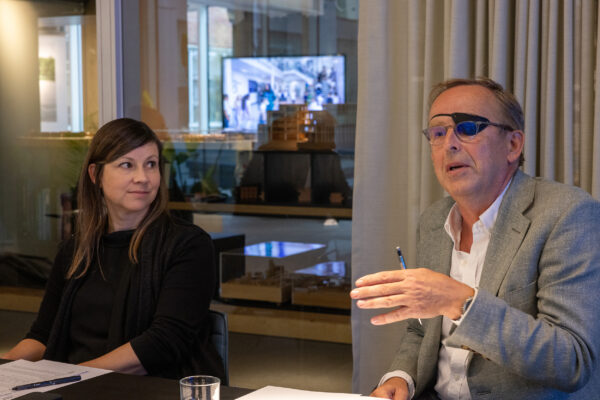For more than 20 years, Jestico + Whiles has worked with a wide range of influential education leaders: in both the state and independent sectors, in the UK and internationally – from headteachers and policymakers to strategists and designers. As we approached the major milestone of delivering our 100th school, we brought some of these experts together in our studio to gather a range of perspectives on the future of education design.
To download the full report, click here.
The round table convened amid major political change. Although the new Labour government had announced £6.7bn in new capital investment for education, questions remain over whether this will be enough following more than a decade of austerity. At the same time, rapid technological shifts and AI-led automation are reshaping the job market. Schools face the unenviable challenge of preparing students for an uncertain future.
Forced to adapt rapidly during the pandemic, educators experienced the potential of online learning, as well as its limitations. Now, interest in a hybrid model – where teaching is delivered partly online and partly in person – is growing, especially in independent and international schools. The ability to share expertise and offer more specialised teaching through this approach, breaking down geographical barriers and making education more accessible, is exciting.
The challenge for architects designing schools now is to imagine how a hybrid school might look and function. The panel discussed a model that might focus on communal spaces that need in-person interaction or specialist facilities, like art studios and science labs, with more theoretical subjects delivered digitally, in flexible study space on site or at home.
Blended learning might improve access for some, particularly neurodiverse students, but limited funding for retrofitting schools, major disparities in access to technology, and challenges in teacher training are barriers to its implementation. For some schools, ensuring basic attendance and safe respite from problems at home remains the focus, with hybrid learning a distant prospect.
The discussion underscored the need to equip students with social skills fit for a changing world. For some schools, restricting mobile phone use has revolutionised how students connect with each other, with many more “conversations across the lunch table”. On the other hand, one school leader spoke passionately in support of the value of online social spaces, which offer an essential outlet for many neurodivergent students.
Turning to AI, the panel agreed that its potential to support teachers with admin tasks could be transformative, but its impact on teaching, learning and assessment was more controversial – a crucial question, given that these tools are already widely available. Implementation will require careful consideration to ensure vulnerable groups are not left behind.
The pandemic underscored the value of schools as central hubs for communities. Panellists discussed the benefits of integrating functions like counselling into schools: though logistically challenging, a holistic approach like this could enhance support for vulnerable people and foster civic pride. At Passmores Academy, for example, the school’s central ‘heart space’ is given over to a community group every Saturday, offering local people the opportunity to connect over tea or coffee.
The panel agreed that thoughtful, small-scale interventions can bring outsize improvements to the experience of school environments, even within tight budget constraints. Striking a balance between bespoke, contextual design and smart reuse of successful design elements was a key theme. Rejecting the “cookie-cutter” approach, the panel’s design experts commented that thoughtful and targeted standardisation can allow for more budget and creative flexibility in other areas.
Looking to the future, school design will need to balance pragmatism with optimism. Inclusivity, accessibility and sustainability are all non-negotiable, and an open-minded approach to technology will be required. Designers must aim to support and facilitate the true measure of a school’s success: the experience of its students and staff.
















